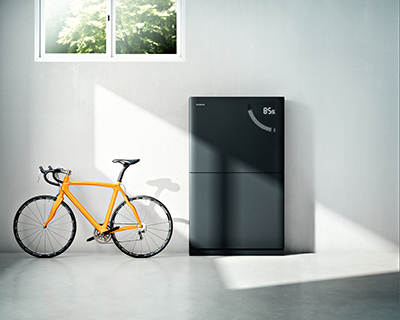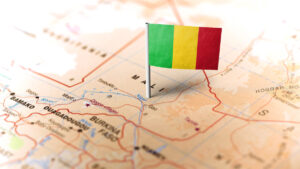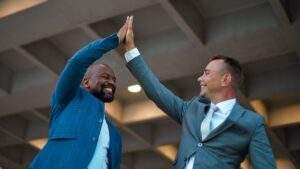Lithium: It’s not all alike… and it’s not all for electric vehicles

Lithium is practically synonymous with electric vehicles – a market with much hype but little progress seen in Australia.
But this does not mean the mineral has no use Down Under. One use of lithium ion batteries is in Energy Storage Systems (ESSs) which serve households and businesses where energy supplies vary.
This is becoming a significant problem as the world turns to renewable energy sources such as solar and wind power.
But developing economies are responding by installing these systems en-masse. By 2020 North America will pass 1GWh installed and the industry is expected to be 17 times bigger in 2023 than it was in 2017.
Here’s an example of such a system, by Siemens:

It’s called the Junelight Smart Battery, and it was unveiled in February. It proactively charges and discharges in response to weather forecasts and can be monitored through smartphones.
Tesla has followed suit this week and launched the latest of its own – Megapack. Everyone knows Tesla for electric vehicles, but it made US$368 million from energy storage products last quarter.
A similar device which operated at the Neon’s wind farm in South Australia saved $40 million in its first year by storing the energy and delivering it to the grids at peak hours.
It has also cut electricity bills of 1,000 low-income households in South Australia which signed up to a government trial – by 20 per cent.
Smaller players enter the market
Stockhead spoke with Lithium Australia (ASX: LIT) managing director Adrian Griffin. Yesterday the company announced a deal with Chinese battery producer, DLG, to produce a new range of lithium-ion batteries specifically for energy storage systems.
A joint company will be incorporated, to be called Soluna Australia, and it will supply energy storage. While lithium-ion will be an option for its customers, nickel-cobalt-manganese will also be available.
Of course, not all lithium is equal. As Griffin pointed out to Stockhead:
“There are quite a number of different chemistries of lithium ion batteries. They do not all overlap in terms of function.”
- Subscribe to our daily newsletter
- Join our small cap Facebook group
- Follow us on Facebook or Twitter
His company is focused on lithium-ion phosphate.
“It’s the oldest commonly available lithium-ion battery chemistry,” he said. “As a consequence, it is out of patent so you don’t need a licence; if you go for other [lithium-ions] you need a licence and it costs an arm and a leg.”
Griffin said his firm’s phosphate producing process, done through subsidiary VSPC, was ideally suited.
“We can produce a better phosphate than anyone else on the planet. We have an edge with respect to the quality.”
‘They’re keen on what we’re doing’
Griffin said the deal with DLG was done because it endorsed his company’s process.
“The way they make lithium powders in China is a huge contrast to the way we make them,” he said. “The way we make them has less steps and produces a high quality product we believe has the edge to do that.
“This firm was trying to get into the market for 10 years and not managed to do so and what we need is an Australian partner.
“They will help us commercialise our powders in China in return for us initially marketing their product then further down the track producing ours.”
The deal will initially focus on Australia, particularly the West, and for good reason.
“If you look at WA, you have to run poles and wires a long way for single users,” he said. “As a consequence the WA government is looking at replacing much of that fringe pole/wire capacity with stand alone hybrid units that will be solar-diesel.
“So you get cost distribution down, carbon footprint down and lower capital costs so it’s a logical step.”
Related Topics
UNLOCK INSIGHTS
Discover the untold stories of emerging ASX stocks.
Daily news and expert analysis, it's free to subscribe.
By proceeding, you confirm you understand that we handle personal information in accordance with our Privacy Policy.








